|
I love puzzles! I do jigsaw puzzles with my family over the holidays. I always have at least one puzzle center in my center rotations. I love the logic puzzle app on my phone. Puzzles are great for developing problem solving skills, fine motor skills including hand eye coordination, and even self-esteem! While I love all puzzles, I sometimes worry that with some puzzles students may complete them incorrectly when they are working independently. There is no way for them to check if they matched the correct pieces. As a result, some students just stick any pieces together and call it a day. BUT... a self-correcting puzzle solves this problem!!! In a self-correcting puzzle only the correct pieces will forget together. For example, the apple will only fit with the piece that has letter "a" not with any other letter. I talk to my students about checking their answers. Do the pieces fit? Great, you made the correct match! If not, you need to keep working- what went wrong? Try again to find the correct piece and ask a friend if you need more help. This encourages further problem solving and meta-cognition. Self-correcting puzzles can also boost self-esteem! Make sure to celebrate your students' success with puzzles! I love to take pictures of them with the final product to post around the classroom and send home to their families. They are so proud to show off their hard work! Check out some of my puzzles! There are puzzles aligned to Fundations Centers, Wit and Wisdom Centers, Eureka Math Centers, and any classroom centers! Click on the picture to go to that center. There are even more puzzles available in my store. Scroll down to get your freebie!
1 Comment
One of the worst parts of being a kindergarten teacher is when you reach down to tie a students shoe and it is wet. GROSS! Why is it wet? You definitely don't want to know the specifics. In an effort to avoid wet shoelaces and to motivate students to learn a life skill I have worked to incentivize shoe tying ability. The big culmination is the SHOE TYING OLYMPICS! It might not sound like much but we had over 150 students cheering and competing in the cafeteria. Read about how we set up our Shoe Tying Olympics and get a certificate for free! The First Annual Shoe Tying Olympics took place at Akili Academy with kindergarten through second grade. In the first round each student was paired up with someone in their grade. The student who tied their shoe first was the winner and moved on to the next round and the loser became their personal cheerleader. The winner would match up against another winner and the loser of that match, plus their cheerleader, would join the cheering squad for the winner. This continued until there was just one winner per grade! The rest of the grade was their cheerleaders. In the finals the champions from kindergarten, 1st grade, and 2nd grade faced off in a 3 way shoe tying battle! The winner was crowned the Shoe Tying Champion! In the First Annual Shoe Tying Olympic a second grader was crowned the champion with a kindergartener coming in second! It is a big deal as a kindergartener to be able to say that you beat the first grade champion! The competition was fierce and the hype was real! All week at recess students were practicing their shoe tying. Parents and older siblings were reporting to us that kids were practicing at home, on the bus, anywhere there was a shoe to be tied. Plus, the quick shoe tiers were used as tutors, helping their classmates master the intricacies of either the bunny ear or one loop method Shoe Tying Club The Olympics is a later in the year event but that does not mean we wait to encourage students to learn to tie their shoes. This is one of the simplest incentives I have ever used but it was effective! I created a poster that said "Shoe Tying Club" and when a student showed me that they could tie their shoe I would add their name to the chart using fancy letters! Students were eager to be a member of the club. I had to make it clear when was an appropriate time to practice- during recess was great, in the middle of my math lesson was not! Even in the first few weeks of kindergarten we were able to add students to the club! The club was great because it made the members into special helpers, able to tie a classmates shoe, helping me further avoid the mysterious wet laces! I have two shoe tying freebies for you! One is a certificate for being a member of the "Shoe Tying Club" the other is for the champion of the Shoe Tying Olympics! Fill in your email below to get the freebies! Learning to write numbers can be tricky for our littlest students. Years ago a coworker had a great trick for teaching letter formation. He assigned a sound to each number, based on the type of lines in the number. Curved lines make woop sounds, circles are bubbles and straight lines say errrr (It is much easier to understand when you watch the video!). This has made number formation so much easier for my students! Check out the video for the number sounds! Plus it is very cute to hear them make the sound while they are writing their numbers!
How do you teach number formation? I love the Fundations curriculum! I think they do a great job teaching kids how to decode words and read fluently. I like how they introduce trick words (what they call sight words) in sentences. But, I have often felt like my students do not get enough practice with Fundations Trick Words. Sight words are important because they are used frequently in reading and writing and they often do not follow decodable spelling patterns. This means kids need lots of "at bats" with sight words. They need to practice them in many contexts until they can read them instantly. I created Fundations Trick Word Centers and Games to give students fun and engaging ways to practice their trick words! So far I have Fundations trick word games for Levels K, 1, and 2. Fundations Trick Word Centers: 1. Write the Room: The trick words are posted around the room. Students write the words on their recording sheet when they find them. Students write sentences using the trick words they found. For Fundations Level 2, the Write the Room activities include unit words with the decodable spelling pattern as well as trick words! 2. Roll a Word: Students have 2-3 dice that they roll to make a word that matches the Fundations phonics focus. Students blend the word and decide if it is a real word (exp. shell) or a nonsense word (exp. muzz). Students practice decoding words using the phonics elements. Students also write sentences using the real words. 3. Build a Word: This a fun center because students get to make the word using letter tiles, magnets, etc. You can also laminate the sheets and have the students write the words with dry erase markers! The Build a Word and Roll and Write games are bundled together in my Fundations Trick Word Games. You can buy them by unit or save $$ and buy the bundle for the whole year! 4. Roll and Write: Students have a dice and the worksheet tells that which trick word each number stands for (exp. 1-the, 2-he, 2-she). Students roll the dice and write the word that corresponds with the number on the chart. They continue until the chart is full. 5. Trick Word Playdough Students make the trick words out of playdough! This is a fun center that practices fine motor skills along with sight words! Don't use Fundations? No problem! Check out my editable versions of the sight word games that can be used with any list of words!
This year my school started using the Wit and Wisdom curriculum. I was very excited to try out a high-quality curriculum that targeted so many standards that are often left out of ELA curricula, specifically the Speaking and Listening Standards. The curriculum has students dive into texts for a whole week, analyze art, and run Socratic Seminars! Just as with any new curriculum I had some concerns about how to implement it in my classroom. The Wit and Wisdom curriculum has 3 types of journals: Response Journal, Vocabulary Journal, and Knowledge Journal, none of which are included in the materials. To simplify my life (and hopefully other teachers') I made a Wit and Wisdom Vocabulary Journal! There are three different versions of the vocabulary page so that this resource can be used with multiple grade levels!
The journal can be used in many ways:
If students are struggling to write the words and definitions or you are running out of time in your lessons you can adjust the journal! Try writing just the word on the pages before distributing them to students or write the word and definition and have the students draw the picture or use the word in a sentence. I hope this resource is helpful in your class! Check out my TPT store. I have resources with the vocabulary words for each Module, grades K-2, and some fun centers that align with the Wit and Wisdom curriculum! Happy Sunday! We are eagerly awaiting the NFC Championship game this afternoon and hoping for a Saints win! Here is a football freebie to keep away the Sunday scaries! This black and gold center is perfect for practicing letter recognition. Students match the fleur de lis and footballs that have the same letters. Bonus points if students can say the sound that each letter makes! Check out some of my other football themed activities:
WHO DAT!
As a Kindergarten and First Grade Teacher I have spent a lot of time teaching students how to sound out decodable words and sight words. A LOT of time! At some point in the year students master that d-o-g spells dog but many struggle to read the sentence "I see the dog." Give them the words individually and no problem:"I" "see" "the" "dog." Students need practice reading decodable and sight words in contexts. Outside of learning to read we are rarely asked to read just one word in isolation. I made some resources to practice reading decodable and sight words in context. This will help students become stronger decoders and encourage them to read fluently. The name says it all... First students read the sentence, then they trace it, next they write the sentence themselves and finally they illustrate the sentence! I have created 5 versions of Read-Trace-Write-Draw activities to cover different reading levels from kindergarten through second grade. These worksheets are structured so that students learn what is expected of them! Soon they will be able to complete them independently. These activities are perfect for a center, morning work, homework, small group practice, etc. Try out a FREEBIE with a sample page from each Read-Trace-Write-Draw resource! I hope these help your developing readers! If you are interested in sight word centers and games check these out! I have Fundations Trick Word Centers for Levels K through 2. I also offer EDITABLE sight word games! These can be used with any list of words!
Click on the picture to view the sight word game! (This is just a sample of my available games, check the rest out in my TPT store!) MARDI GRAS MATH! (WITH A FREEBIE!) Mardi Gras is the best! It is not the wild, crazy party you see on TV. Don't get me wrong, it is a lot of fun and the whole city shuts down for almost a week. It's like a giant tailgate or BBQ but lasts for days and you get to catch cool stuff from parades! Believe me when I say that catching a Muses shoe (pictured below) is a huge deal and that glitter covered heel is one of my prized possessions! It is a snowy Sunday in Washington, D.C. While I am happy to be cuddled up with my dog drinking tea a part of me wishes I was in New Orleans cheering on the Saints today! In honor of the Saints game today I made a football sight word game! There are two ways to play:
You can have the FREEBIE version of this resource below! I also made an EDITABLE version of this game! This works with ANY sight words. You simply type the words you want into the document and it magically places them on the word cards. Check out the editable version here! Have a great Sunday! Stay warm! And WHO DAT!
Confession: I LOVE POSTCARDS! I have a wall of postcards in my house that I have collected while traveling. For our wedding, both the save the dates and the guestbook were postcards. And I always use postcards with my students. For years I have included postcards as a part of my writing center. Both my kindergarteners and first graders have loved them! They are the most popular writing activity for the year! Students pick a postcard and pretend they are on a trip. They then write a letter explaining what they see and what they are doing! This is a great way to encourage imagination, explore new places and practice many writing skills! Postcards are awesome for teaching letter writing and including descriptive vocabulary in one's writing. I always make sure to have a writing checklist available for students as they work on their postcards. This reminds them to include finger spaces, punctuation, correct capitalization, sound out words, and spell sight words. Building your postcard collection: I have a collection of postcards that I have accrued over the years. Some are from places I have been but many have been given to me by friends. We purchased some in bulk at flea markets! People love the idea of sending postcards to your students! My dad flies often for work and he will send blank postcards from his destination, or the airport if he has a long layover. I have successfully had friends collect postcards by asking friends on Facebook to send them to my class. Most of the postcards in my collection are blank on the back, although my sister always includes some kid friendly facts about the location! Use your network to build a postcard collection! Send me an email, and I would love to send you a postcard! Don't have postcards? No problem! A quick google image search shows lots of postcard images that can be printed out or projected on the board! Postcards as a center: Depending on your classroom setup, you can present this center in different ways! One year I had a dedicated Writing Center. Every week I would post three or four postcards on the wall. Students would look at one of the posted cards and write about it on the postcard template. Another year I did centers at tables. I put postcards in a box along with the postcard template. Students would pick one of my postcards and put it in front of them while they wrote on the template. Tip: If your students have the postcards in hand make sure to be explicit that they should only write on the template, never the actual postcard. I helped a friend set up postcards in her classroom as well. She did not have a center rotation so we decided to use the postcards as a Morning Work activity. She projected the postcard image on her board and had her students write on the template from their seat. This was an easy way for her to squeeze in a little extra writing in a fun and engaging, low-prep way! Extra fun:
The postcard center is a fun (and low prep) way to practice many Common Core Standards including:
|
AuthorMiriam taught kindergarten and first grade for 10+ years. Archives
July 2022
Categories
All
|









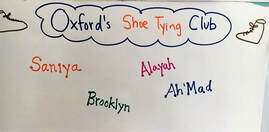


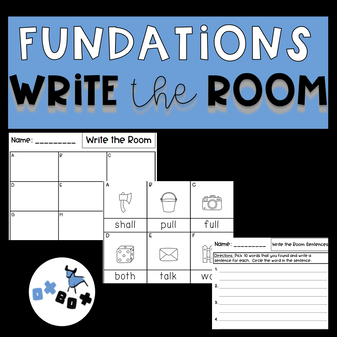






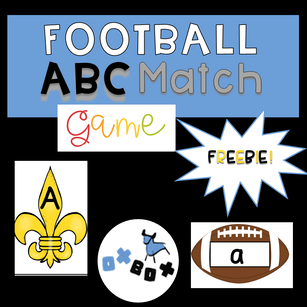
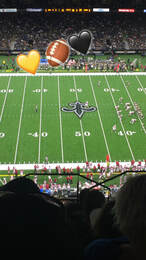



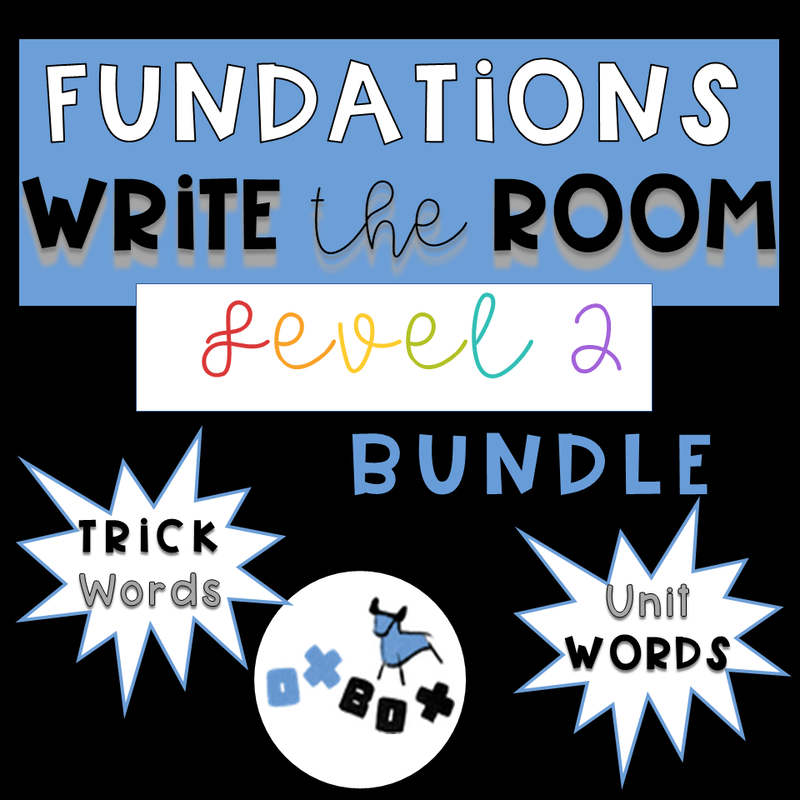
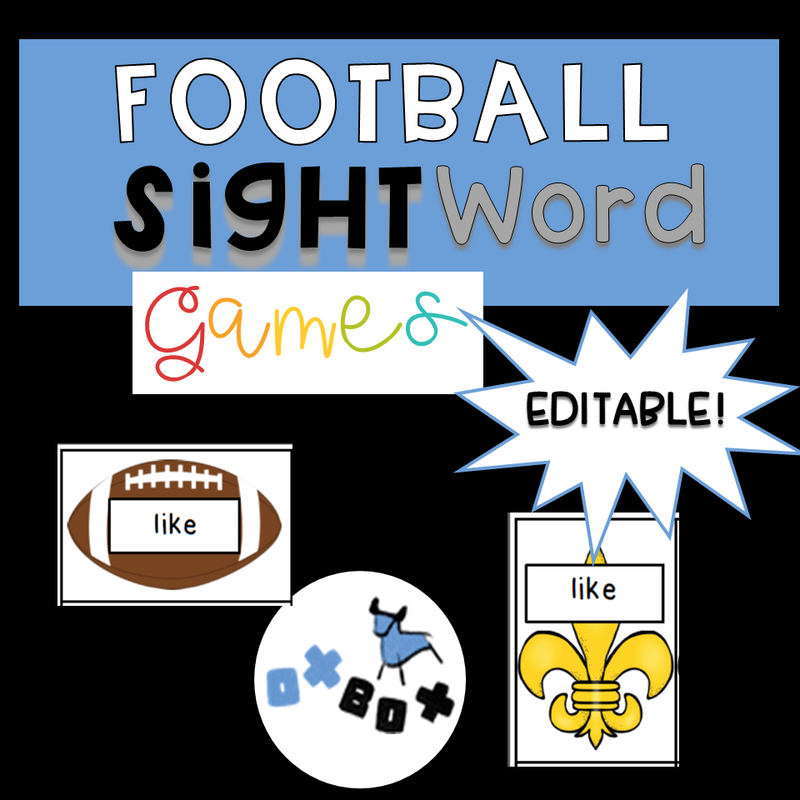


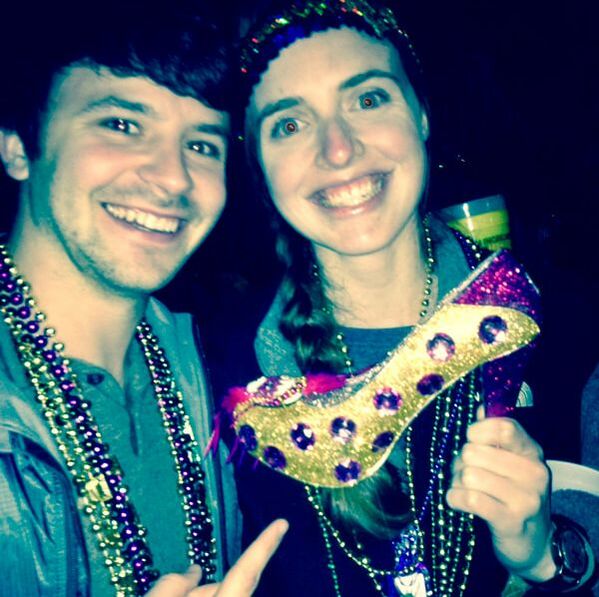


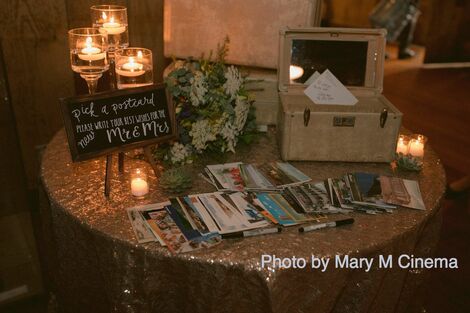




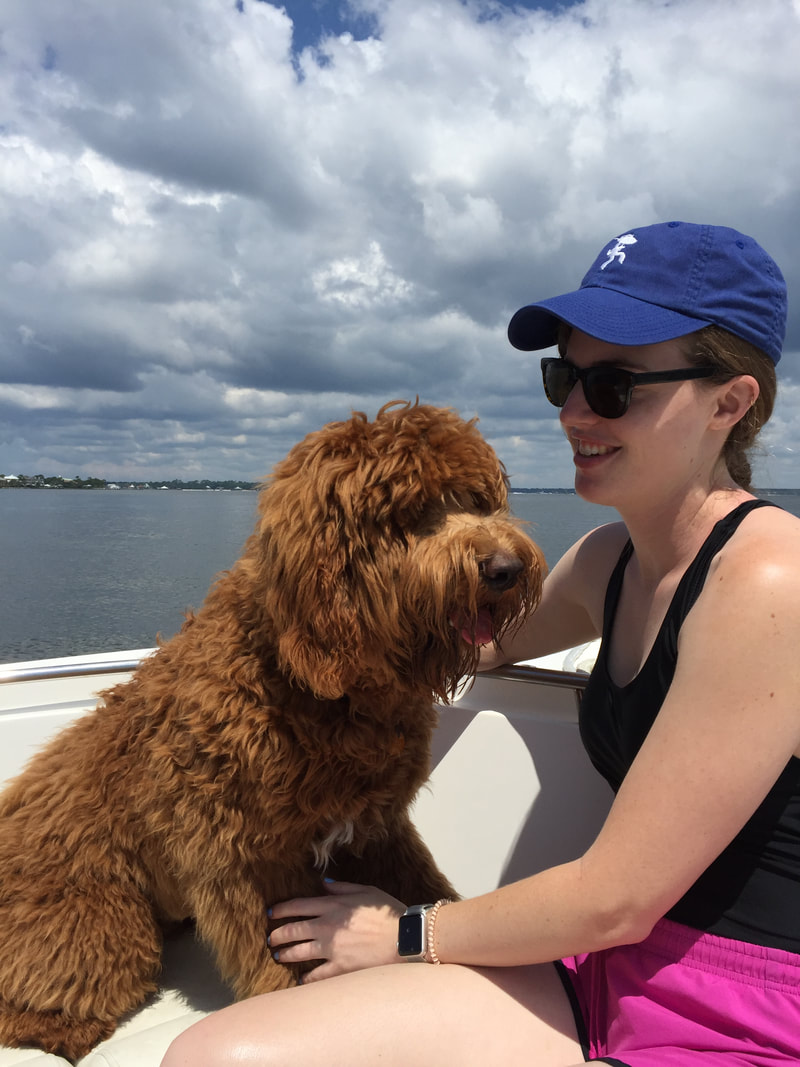
 RSS Feed
RSS Feed